Dar es Salaam is Tanzania’s former capital, her largest city and main port. The distinctly African, colourful markets are well worth a visit and both German and British influences can still be seen in the architecture around the city. Conveniently positioned amidst some of the most important sea routes in the world, the city is the transport and economic hub of the country as well as a centre for arts and culture. It serves as an excellent jumping-off point to explore the surrounding area including Pemba, Mbudya, Unguja islands, a variety of national parks and countless pristine beaches. Visitors can look forward to a number of other activities including: learning about Tanzanian culture at the National Museum and House of Culture, visiting the eclectic Oyster Bay, and taking a stroll through the city's lush Botanical Gardens.
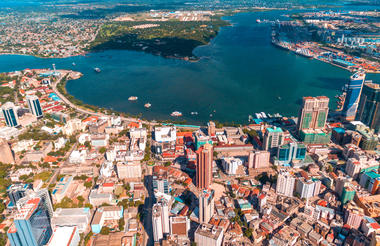
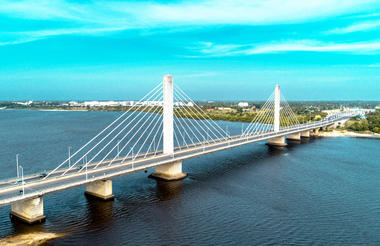
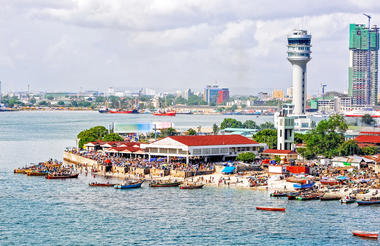
Formerly the northern part of Selous Game Reserve, Nyerere National Park is Tanzania's largest National Park. Stretching over an impressive 30,893 square kilometres, the park is home to some of the world’s largest concentrations of wildlife, and the incredible diversity and sheer volume of animals draw visitors from around the globe. Travellers can look forward to spotting a wide collection of common and rare species including the famous Big Five, some rare species of antelopes like Roan Antelope, and large concentrations of elephant and hippos. Don’t miss the opportunity to take a boating safari on the exquisite Rufiji River, spot the endangered African wild dog, and enjoy a guided walking safari with a highly knowledgeable guide.
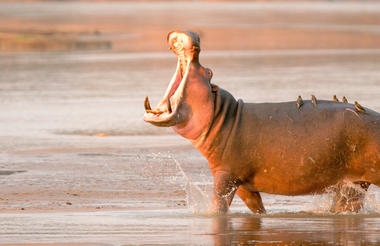
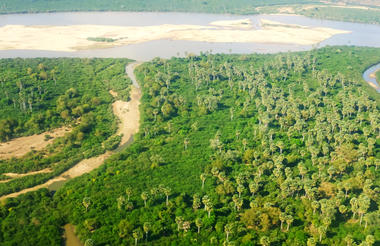
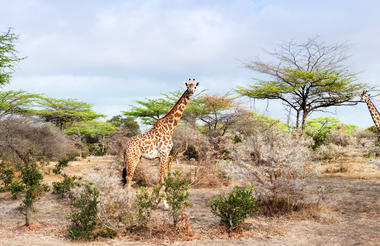
Ruaha National Park is the largest national park in East Africa, covering an area of about 20,200 square kilometres in what's called "the southern circuit”. It's in the middle of Tanzania and part of an extensive ecosystem which includes the Rungwa Game Reserve, Usangu Game Reserve and other protected areas.
The great Ruaha River runs through the park, flowing along its south-eastern margin; it's here where the game viewing is at its best with the river being the main source of water at certain times of the year. The landscape is vast and wild with hills dotted with baobabs, rocky escarpments and open savannah; it also has less camps and lodges than most other parks, despite its size.
Ruaha is famous for its large population of elephant, with about 10,000 roaming in the park, and this is believed to be the highest concentration of elephant in East Africa . You can also see both the Greater and Lesser Kudu here, Sable and Roan antelope, as well as other plains game like giraffe, zebras and eland. Other animals in the park include lion, leopard, cheetah, bat-eared foxes and jackals and you might see the endangered wild dog. Crocodiles inhabit the Ruaha and Mzombe rivers, as well as a number of other reptiles.
It is a paradise for birders, with more than 571 species, some of them known to be migrants from within as well as outside of Africa. Migrating species from Europe, Asia, the Australian rim and Madagascar have been recorded in the park.







